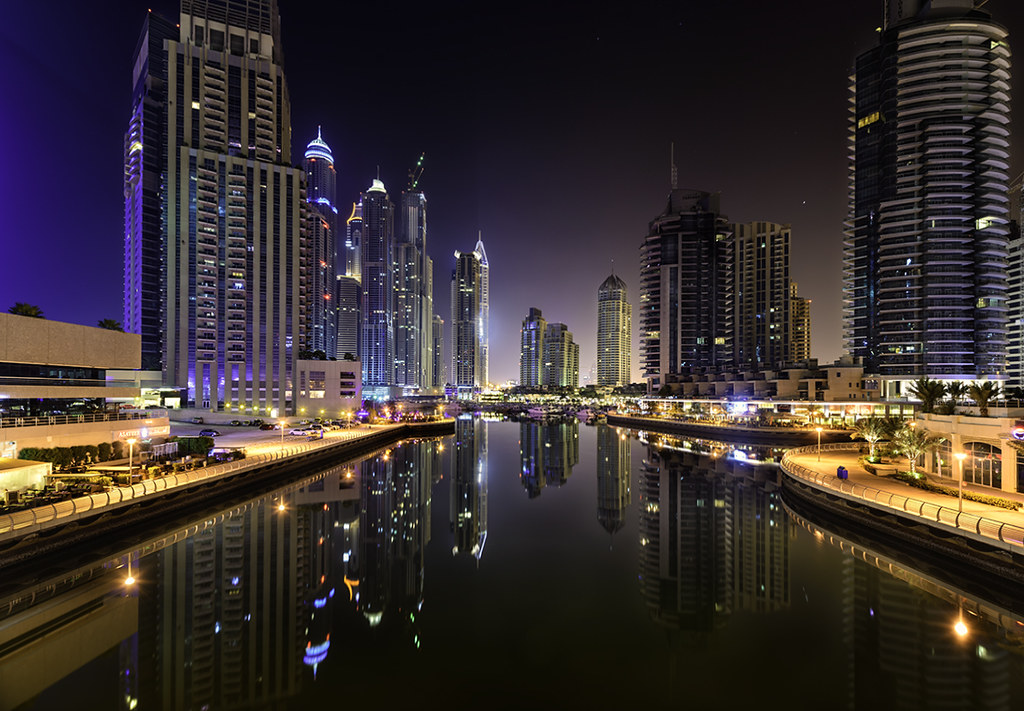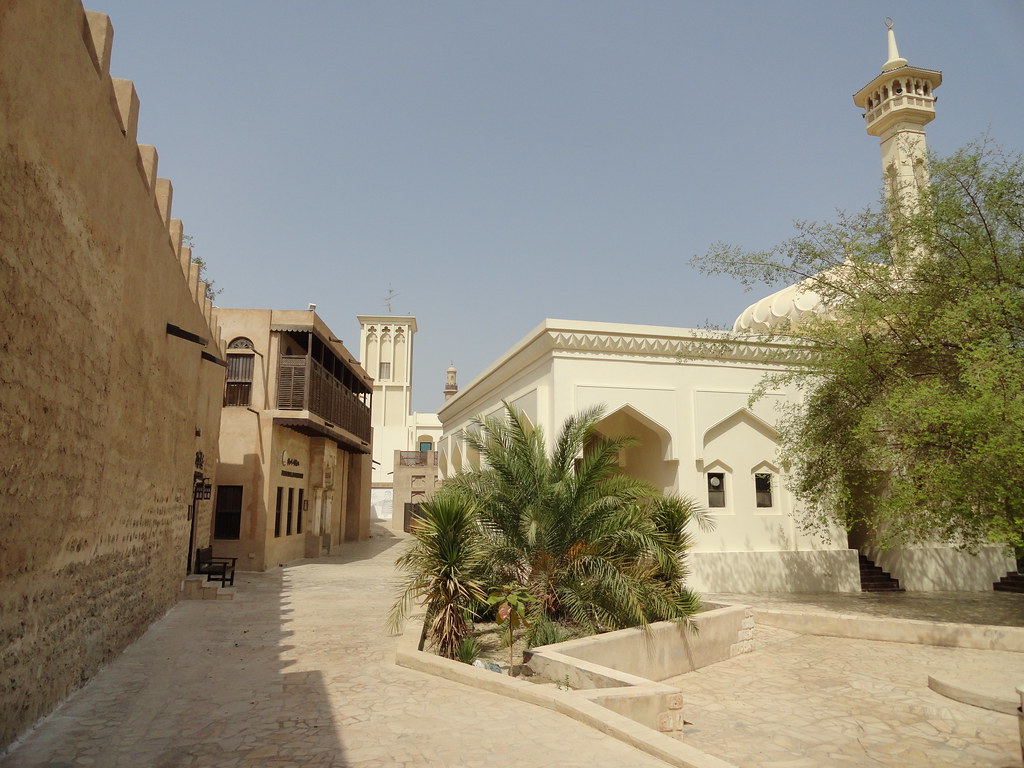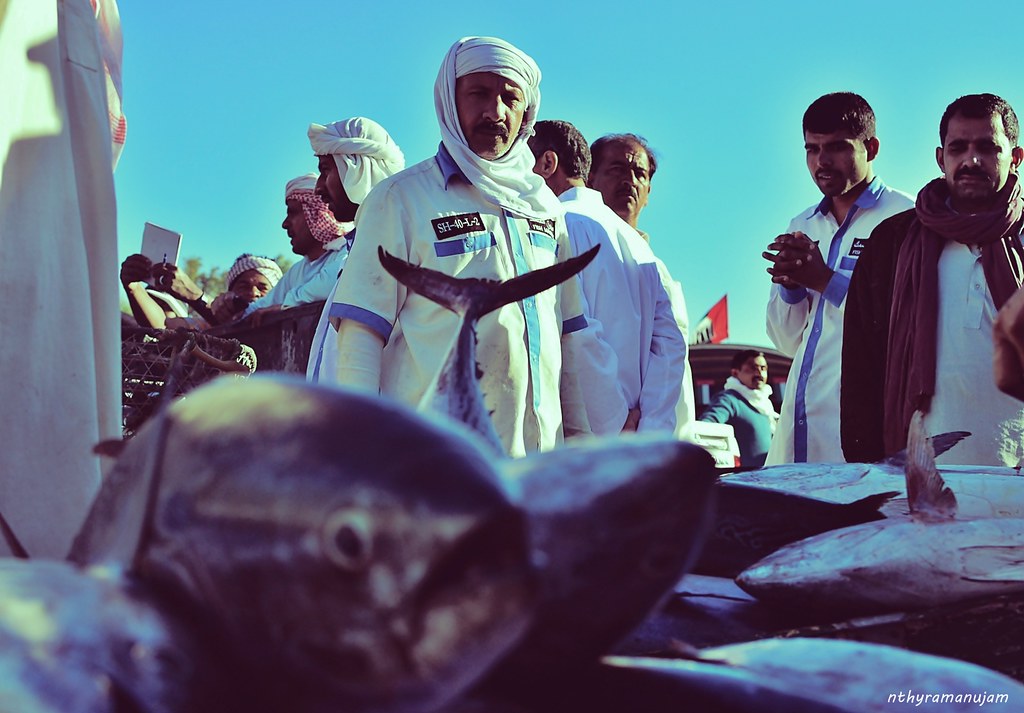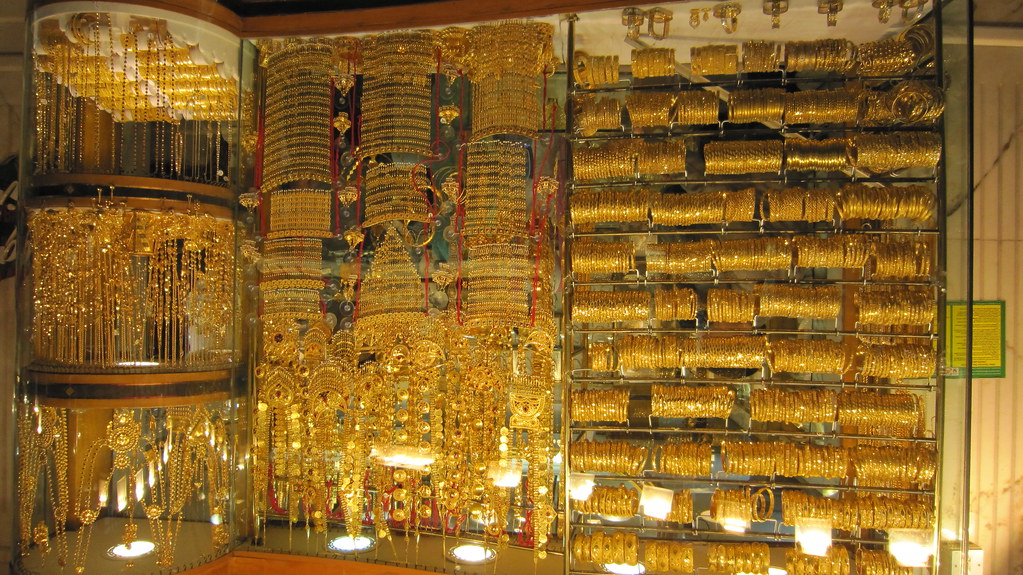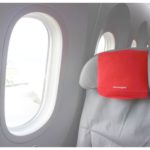Last Updated on January 1, 2016
Dubai is known as the perfect example for economic growth and the rapid development of a wealthy, shiny, and modern city – much of it artificial and somewhat superficial.
These days, tourists flock to Dubai to see incredible architectural gems like the Burj el arab, Palm Island or the Burj Khalifa, shop in the world-class malls and take in the golden sand beaches. There is a different side to Dubai though, a side that most people who visit the city don’t get to see. This side is the old Dubai, the traditional Dubai that has been in the place of today’s sprawling, vibrant metropolis for hundreds of years and has a completely different feel to it than the futuristic Dubai that shot up from the desert sands over the last couple of decades.
While places like the Mall Of The Emirates (the biggest mall outside of the U.S.) or the man-made islands should still be part of a visit to Dubai, I recommend you also explore the historic core of it, known as the Old Dubai. Ideally, book a hotel that is located in walking distance from the Dubai Creek, where you can take the Dubai Old Souk ferry, and just across the river from the Gold Souk, one of the places you should absolutely not miss in Dubai! If you follow our guide on how to experience Dubai off the beaten path, you’re guaranteed to experience a much broader city than many people give Dubai credit for.
Bastakiya
The old Persion quarter is lined with wonderfully restored Persian merchants houses from the 18th and 19th century. The neighborhood is tiny but bustling with life – some even say it is Dubai’s most engaging neighborhood. The lanes of the neighborhood are reminiscent of a labyrinth are now home to boutique hotels, little shops and art galleries and make for a fabulous afternoon visit. Bastakiya is also home to the oldest existing building in Dubai, the Al Fahidi Fort.
Deira
Deira is known historically as the commercial center of Dubai, even though it has been losing significance over the past decade. The neighborhood is home to Port Saeed, a small port along the shore of the Dubai Creek, where you still find the small fishing boats that are typical for the fishing and pearling village that Dubai once was. While you still see remnants of the Dubai of yesteryear, it is getting more and more difficult to see these hidden corners among the rising number of shopping malls and modern skyscrapers.
Hindi Lane
Hindi Lane is a narrow alleyway right behind the Grand Mosque where you find shops selling anything to do with Hindu religion and temple offerings for the Shri Nathje Jayate Temple, which is worth a visit in itself. At the end of the alley, you find a colorful textile market with cheap pashminas, silk saris and other clothes. You also find two Hindu temples here, Shri Nathje Jayate Temple and the Sikh Gurudaba.
Deira Spice Souk
The old spice market, which has been beautifully renovated, sells not only spices these days, but also souvenirs, textiles, rugs and artifacts, but the spices are what makes this place truly special. Oriental flavors and spices like turmeric, star anise, cumin, chilies or cardamom can be found here, and the colors, smells and flavors will stick with you long after your visit. After a stroll through the Spice Souk, head to the adjacent Gold Souk:
Gold Souk
Right next to the Spice Souk you find the wooden arcades of the Gold Souk, where you can marvel at the amazing window displays of masses of gold jewelry. Over 300 stores trade their jewelry here, with over 10 tons of gold at any given time in the Gold Souk. You will some truly eye-catching ornate pieces and diamonds (usually intended for glamorous weddings and dowries), well worth a look even if you’re not into gold. The Gold Souk is not only worth a visit for the gold jewelry, but also for the colorfully dressed East African traders, the Bedouin women with their black beak-like masks (burgas) and the bartering clientele from the Gulf States and beyond. If you are interested in buying gold, make sure to haggle for a good price – although gold is not as cheap as you might think here.
Al Shingdagha
Shingdagha is the historic core of Dubai, at the mouth of the Dubai Creek and on the site where the first settlement of today’s Dubai took place: the fishing and pearling village that developed into modern Dubai over the centuries. Don’t miss the Shindagha Museum, where you can see historical photographs, maps, coins, letters and other artifacts that show you what life in Dubai was like many centuries ago.
Have you been to Dubai? Share the places you think visitors shouldn’t miss in the comments below!

